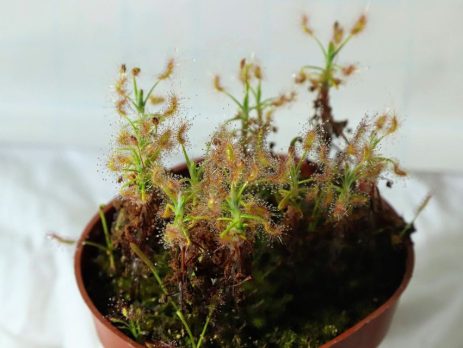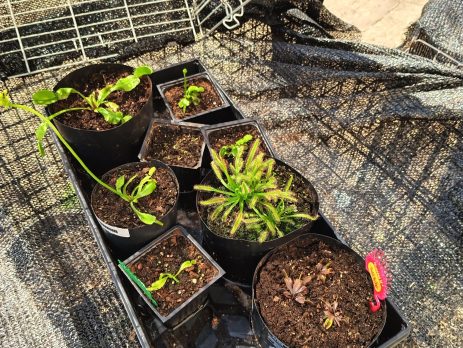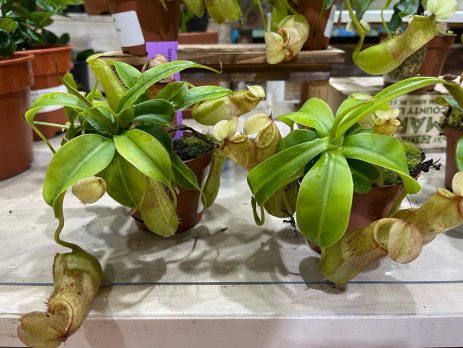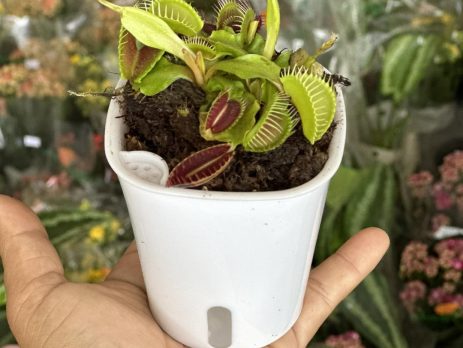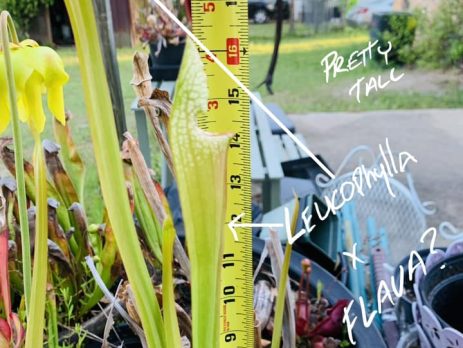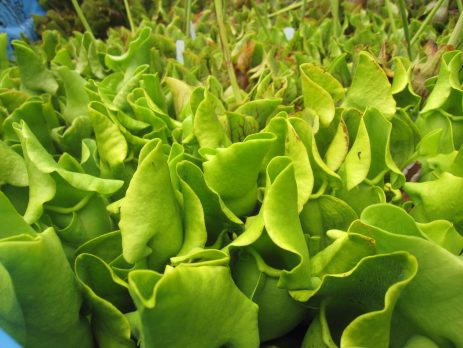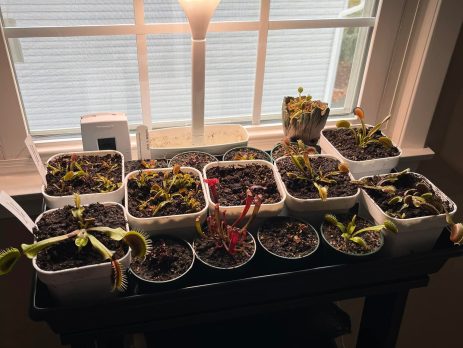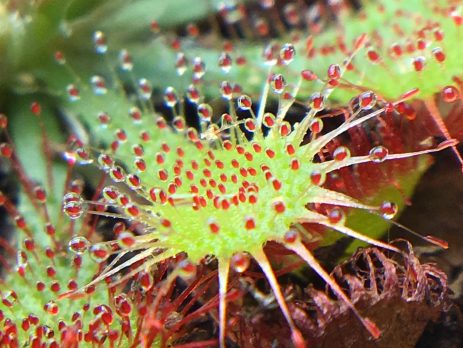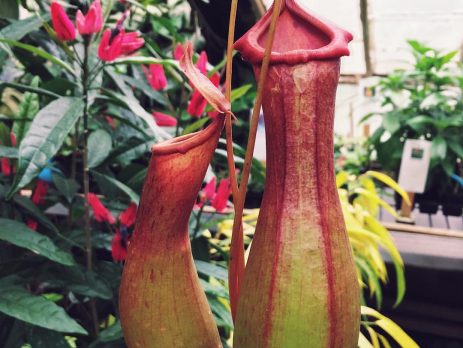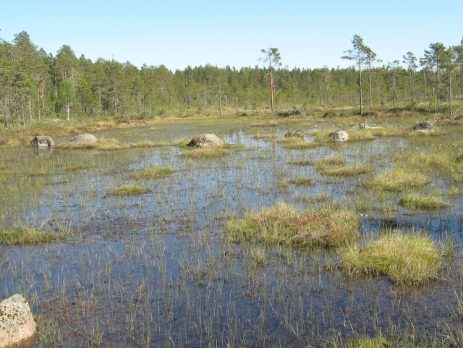How does the sundew’s trap mechanism work?
Drosera, commonly known as sundews, are carnivorous plants that use a unique trap mechanism to capture and digest insects. The mechanism involves the use of sticky, glandular hairs on the leaves of the plant that act like a glue trap. When an insect lands on the leaf of a Drosera plant, the sticky hairs on the leaf's surface begin to fold inward, gradually wrapping around the insect's body. The more the insect struggles, the more the hairs curl inward, trapping the...

